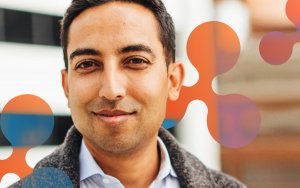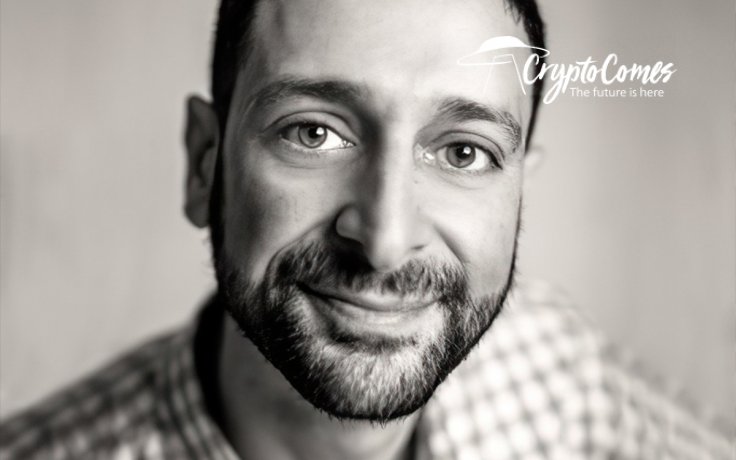U.Today has spoken to Salah Zalatimo, the CEO of EOSIO-based Voice social media platform. He outlined the main principles upon which Voice's work will be based, how it is different from centralized social media and why the full roll out of this platform requires time.
"Less scale and more engagement for now"
Voice.com, based on EOSIO blockchain, launched last Saturday, and now they have enabled users to send invites to their friends and family members to help onboard the platform.
Now, in an interview, the platform’s CEO Salah Zalatimo shared that the team is building it for core users first of all. Therefore, the priority now is not so much scale but engagement.
Zalatimo emphasized that the team has not finished working on the project yet, and that it requires time, since they want to do everything properly and engage their audience. One of the steps in that direction was enabling users to send invites to their friends and family to offer Voice to them.
Apart from users from the crypto community, Zalatimo intends to land users who have not been "converted" to crypto yet.
He believes that since, these days, so many are upset with major centralized social networks due to their issues with user data, censorship, etc., users may start fleeing those platforms to Voice. This is one of Voice's future targets.
It does not matter much whether those users know what crypto is (and hold it) or whether they do not, as per Zalatimo.

KYC is almost not required
KYC ("Know Your Customer") is a sore point for many crypto users. Even though crypto platforms are expected to be decentralized and anonymous, law-abiding DLT exchanges introduce obligatory KYC measures to protect their users from losing their funds to hackers or frauds.
Voice's chief executive assured U.Today that, for registration, the platform will not require users to submit their personal data. However, personal data will be required if they decide to send their tokens to any wallet outside of Voice.
One account for one user with a 3D selfie
One of the Voice rules is that one user cannot have more than one account. For this reason, when joining the platform, a user has to take a "3D selfie."
Zalatimo did not explain in detail what exactly a 3D selfie is, but he stated that it is necessary to verify that the person is a human being. If you decide to create more than one account, and you take a 3D selfie similar to an existing one, then the new account will be marked and erased later—after a thorough check of your identity by the Voice team.




